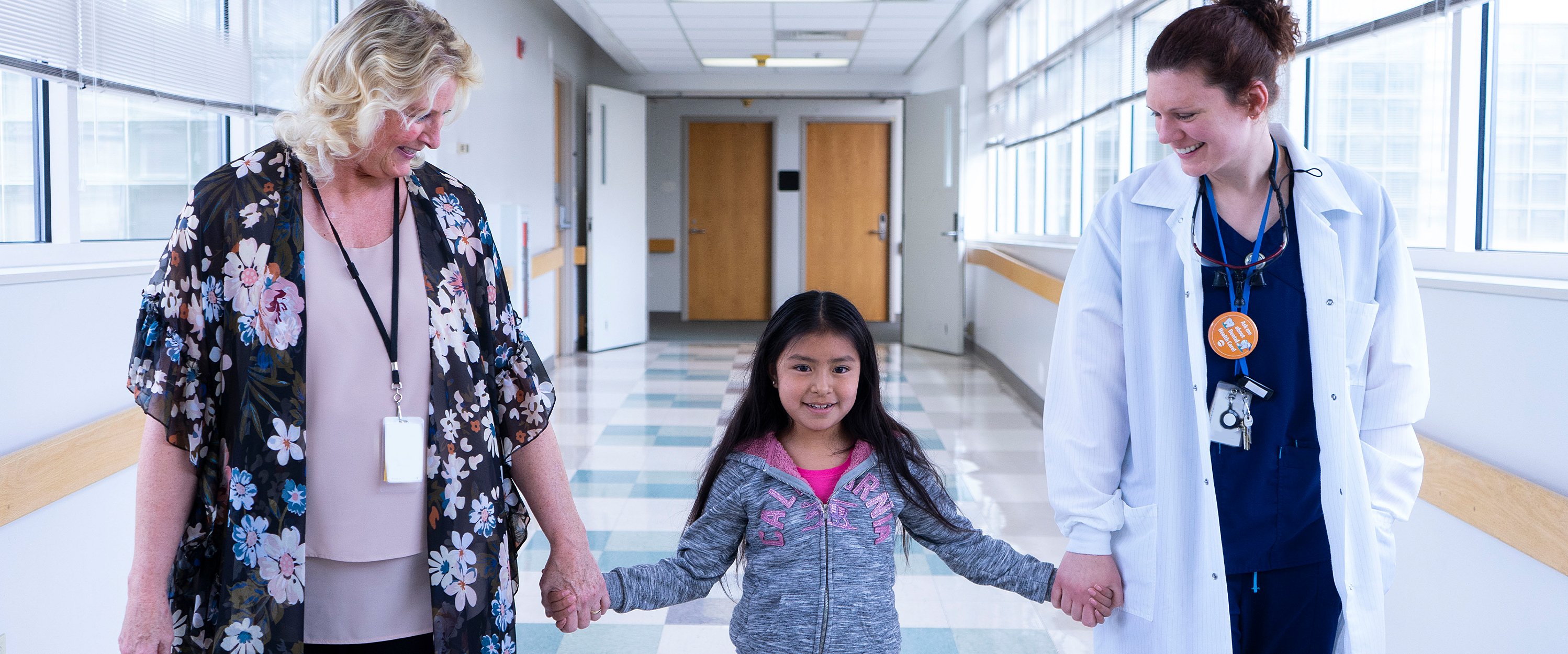
Written by: Colt Corman
Senior Vice President of Health Center Programs
A community health center (CHC) is a not-for-profit, patient directed health care organization that provides access to high quality, affordable, and comprehensive primary and preventive medical, dental, mental/behavioral health care and other enabling services.
- Not For Profit Health Care: Rather than making a profit for private owners or shareholders, CHCs are community-based organizations that use earnings to reinvest in the health and well-being of the communities that they serve, expanding access to care, programming, or the services provided.
- Patient Directed Health Care: CHCs operate under a consumer Board of Directors governing structure. This means that at any given time, at least 51% of a CHC’s Board are active patients, or the caregiver of one. This keeps the strategic vision of CHCs grounded in the needs of the communities that they serve and keeps patient voices at the center of decision making.
- Access to high quality, affordable Health Care: Unlike other primary care systems, community health centers have a unique mission of ensuring access for underserved, under-insured, and uninsured patients within the communities that they serve. CHCs provide services to all individuals, regardless of ability to pay, offering a Sliding Fee Discount Scale to eligible patients, based on patient income and family size.
History and Context of Community Health Centers
While in our present day it may be easy to take for granted the fact that over 14,000 CHCs exist, operating over 15,000 services sites – in all 50 states, it was less than 60 years ago where no such movement existed and the needs of millions of Americans, many of them minorities, people of color, and those living in rural areas, were left unmet. With the monumental social and political shifts that began to take place in the 1960s, as a result of the Civil Rights Movement and the War on Poverty, medical students, doctors, and social organizers began to advocate for a community-based solution to address health problems and the social drivers of health.
At the forefront of this advocacy, Dr. Jack Geiger, Count Gibson, and Dr. John Hatch, submitted an unsolicited proposal to the federal government, seeking funding for the first community health center project. In 1965, their grant was approved and less than two years later, having seen the profound impact of these original health centers, an additional $51 million dollars was allocated to expanding these services in rural and impoverished areas. In 1975, Section 330 of the Public Health Act was passed, establishing federal legislation that established community health centers as a permanent federally funded program to meet the needs of medically underserved populations.
The Impact of Community Health Centers
Today health centers serve over 31.5 million people and have become part of the nation’s primary health care foundation, distinguished by their mission to community and addressing the most pressing needs of our time through the lens of equity. Health centers are a critical component of the health care system, reducing the reliance on costly emergency department and hospital visits. Health centers save the health system $24 billion annually and generate over $85 billion in economic activity in the communities they serve ($1.5 billion in Colorado alone).
CHCs Serve
- 1 in 11 people in America (31.5 million)
- 1 in 8 children (8.8 million)
- 1 in 7 rural Americans
- 1 in 3 living in poverty
- 400,000 veterans
- 1 in 7 racial/ethnic minorities
- 1.4 million people experiencing homelessness

